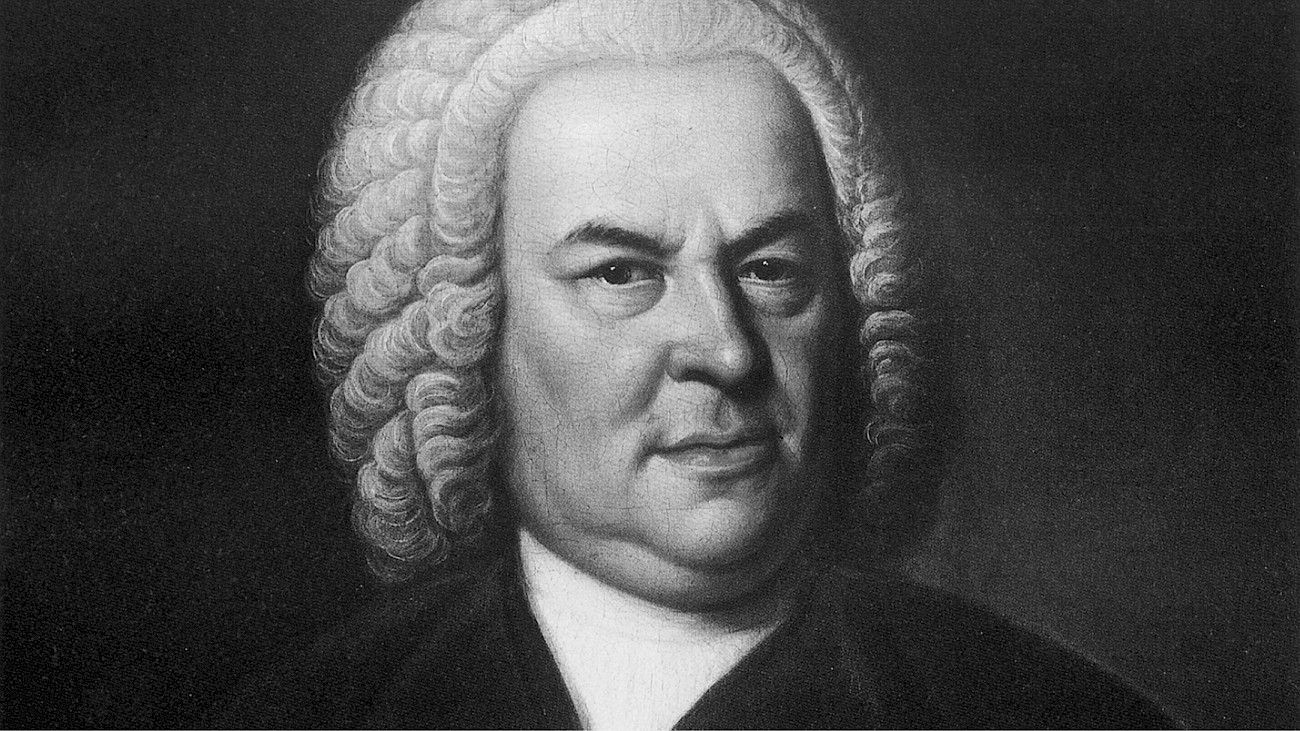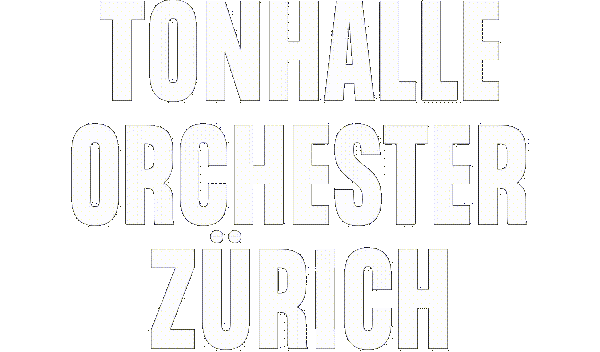
The most beautiful rituals
First the Mass in B minor, then the "St Matthew Passion": in March, two major sacred Bach works will be performed at the Tonhalle Zurich.
If you want to hear a Bach Passion before Easter, you never have to travel far. Those for whom Bach's "Christmas Oratorio" is an even more compelling part of the festive season than the flood of presents can count on the professional and amateur choirs. And a Mass in B minor in between? No problem, it is also one of the most frequently performed works of all.
In other words, it is no exaggeration to say that Bach's great sacred works are among the most popular rituals of a musical year. And also among the most beautiful, not least for the musicians: Anyone who has ever sung or played one of them knows that.
It wasn't always like this. After Bach's death, it was primarily his piano and organ works that remained relevant, while his vocal music disappeared into oblivion. And when Felix Mendelssohn triggered a Bach renaissance in 1829 with his revival of the "St Matthew Passion" at the Berliner Sing-Akademie, the enthusiasm was not unanimous at first. "Some, who only rave in verba magistri, would not have heard anything more marvellous in their lives," read a review in the "Allgemeine Musicalische Zeitung" three years later after a Königsberg performance. The reviewer himself was not one of these enthusiasts; he complained about the tedious recitatives, the inadequate treatment of the text and the melodies, which were not at all at the level of Bach's counterpoint. His sympathy for those who felt the work was "outdated junk" that "belonged in the junk room" is hard to ignore.
These and similar criticisms can be dismissed as misunderstandings. Or you can use them to remind yourself that Bach's music, the texts and the theological understanding behind them actually contradict everything that would generally be categorised as a hit. At the same time, it is precisely the anything but streamlined art and the profound confession that make these works so special. They are familiar and foreign at the same time – and they remain so, no matter how often they are heard, played or sung.
Zurich music history
This year, not only will two of Bach's great works be performed in the Tonhalle Zürich before Easter, but several chapters from Zurich's musical history will also be told. For example, the autograph of the Mass in B minor came to Zurich via the publisher and composer Hans Georg Nägeli as early as 1805 – even before the start of the Bach Renaissance. it was then passed on in 1857, first to Leipzig and then to Berlin, where it remains to this day.
The Gemischte Chor Zürich, which will sing the Mass in B minor, was one of the four founding choirs of the Tonhalle-Gesellschaft Zürich. Bach's works have been part of its repertoire since its beginnings, and it was even in demand internationally for them: in 1911, the singers and their conductor Volkmar Andreae travelled to Milan to present the Italian premiere of the "St Matthew Passion" at La Scala.
This "St Matthew Passion" is now being performed by the Zürcher Sing-Akademie, the successor ensemble to the Schweizer Kammerchor, which was founded in 1997 and, as a professional choir, caused an uproar in the Zurich choral scene, which had previously been characterised by ambitious amateur choirs. In the meantime, the dust has settled and there is room for everyone. And, as the current programme shows, there are also enough great Bach works for everyone.
Even more Bach
In addition to the performances of the two great sacred Bach works, there will be a festive matinee on Easter Monday: musicians from the Tonhalle-Orchester Zürich will play works by Bach and Mendelssohn – as well as a Preludio from Bach's Partita No. 3 for solo violin, for which Mendelssohn wrote a piano accompaniment.
Translated with DeepL.com





